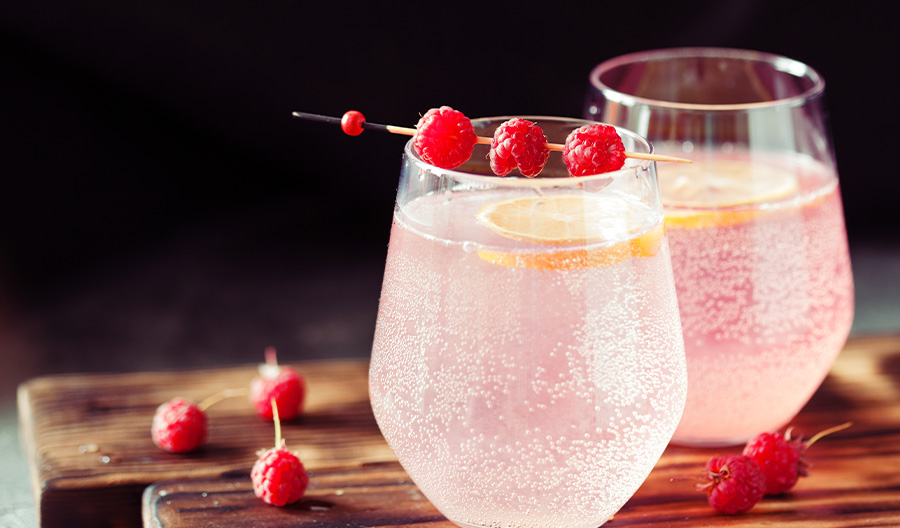Bartenders, especially of the tropical sort, have long combined multiple rums in a drink (see classics such as the Mai Tai, Navy Grog, and Zombie). That same principal can be applies to gins. If you find one flat or static, you can add another to change the flavor while still holding true to what each brings to the table.
New Combinations
Bartenders have been blending gins since at least the mid-aughts, but the technique only recently bubbled up to cocktail menus. While the idea of splitting the base spirit is not new, some of the reasons for doing so [with gin] more recently probably are.
There have been some dramatic formula changes in spirits over the last 15 years. When the formula changes, it’s going to extend into a cocktail spec. A diligent bartender will become aware of the formula change and try to find a workaround by supplementing with another gin in the hopes that doing so might help bring it closer to its original profile.
There’s also been an explosion of new-school gins that aren’t even pretending to follow the London Dry formulas. The American craft distilling movement has greatly expanded the number of producers and formulations of spirits that bartenders and consumers have access to.

Melding Character and Cohesiveness
While the category’s growth has been dubbed a “ginaissance,” many modern gins lack cohesiveness, structure, and even proper distilling technique. They can tend to behave more like flavored vodka. To hold up in drinks, some bottles may need hand-holding from an OG gin.
But put another way: New-school gins can add character to traditional specs. One San Francisco bar serves both a four-gin Gibson and a four-gin Martinez. It’s a great way to take aggressive flavors, mellow them out, and celebrate the prettier flavor and uniqueness of the individual gins. Though some brands might bristle at combining and altering flavor profiles, there are plenty of others who celebrate it.
Cautions and Considerations
Building drinks with two or more gins isn’t bartending 101. The same thing can go wrong regardless of what kind of drink you’re making or what you’re mixing, which is doing so without intention. Sample different gins to find those with different flavors and textures. Once texture is added, the flavors sing a little lounder.
For home bartenders, recommend that they stock their bar with tried-and-true gins, and then adding on more esoteric bottles. Experiment by starting with a classic drink like a Negroni or Martini and add in a half-ounce of something “weird.” After finding a few combinations that work, the next step in blending is to use gins to highlight other elements in a cocktail.
When trying new combinations, remember to have fun with it!

